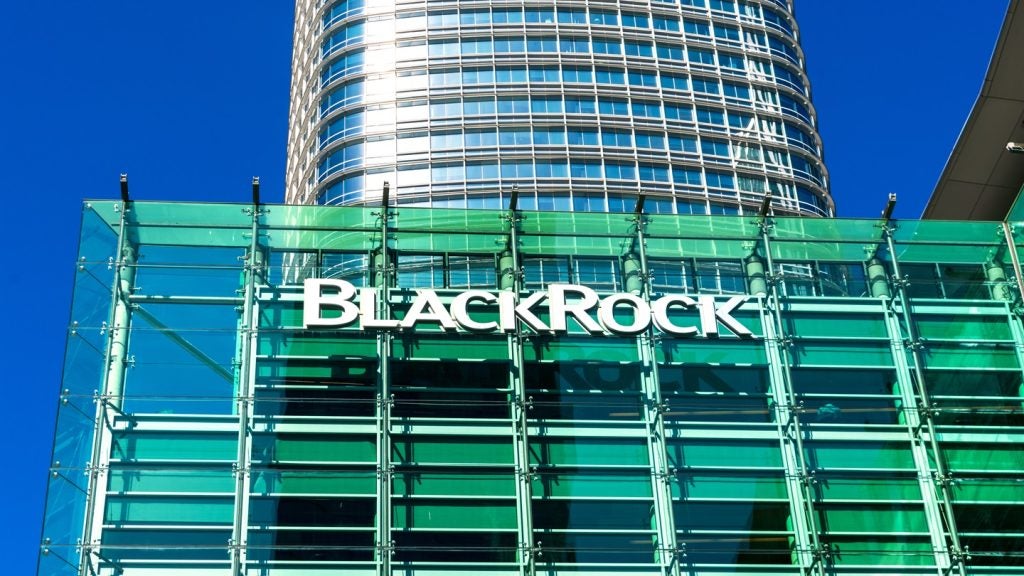Nordea Bank has emerged relatively unscathed from the
post-crisis asset purge, growing assets a remarkable 27% in 2009.
MaryRose Fison talks to its new private banking head, Niklas
Ekvall, about his Polish expansion plans and the increasingly
fierce Nordic wealth management market.
 Nordea Group, the largest bank in the Nordic region
Nordea Group, the largest bank in the Nordic region
with roots that trace back to the early nineteenth century, may
have diverse parentage, but this has helped it emerge as one of the
strongest-performing private banks post-crisis.
Established under its present name
(a combination of the word Nordic and Ideas) in 2001, Nordea is the
amalgamation of more than 250 separate banks from Denmark, Sweden,
Finland and Norway.
The most significant deals took
place between 1997 and the first half of 2000, beginning with the
cross-border merger of Finnish Merita Bank and Swedish Nordbanken
to form MeritaNordbanken. MeritaNordbanken then merged with Danish
bank Unidanmark and the enlarged entity acquired Norwegian
Christiania Bank in 2000. The banks began operating under the
Nordea Group brand in December 2001.
How well do you really know your competitors?
Access the most comprehensive Company Profiles on the market, powered by GlobalData. Save hours of research. Gain competitive edge.

Thank you!
Your download email will arrive shortly
Not ready to buy yet? Download a free sample
We are confident about the unique quality of our Company Profiles. However, we want you to make the most beneficial decision for your business, so we offer a free sample that you can download by submitting the below form
By GlobalDataNordea targets 95,000
clients
Speaking exclusively to
PBI after being appointed in June, Nordea’s head of
private banking for the Nordic region, Niklas Ekvall, described the
bank’s model and his goals for the year ahead.
Nordea’s Nordic private banking
clients grew by 6% last year to 89,000 and Ekvall wants to ensure
he maintains this momentum over the coming 12 months. On this
basis, the bank would have approximately 95,000 private banking
clients by the 2010 year-end.
Nordea emerged relatively unscathed
from the credit crisis when compared to most major banks in Europe.
Its Nordic private banking saw a net inflow of €2.9bn ($3.6bn)
during 2009 and an increase in assets under management of 27% to
€45.8bn. Within the first quarter of this year, its lending volumes
topped €6bn and deposits reached €8bn, from €5.8bn and €7.9bn
respectively, in the fourth quarter of 2009.
Changing client
appetites
As well as gaining a large number
of wealthy new clients last year, the bank also maintained a strong
capital ratio. In the first quarter of 2010, its total capital
ratio stood at 12.3% and it had Tier 1 capital worth €20bn. Ekvall
has also noticed a distinct change in sentiment towards risk
appetites, with clients increasingly transferring assets back into
investment products having previously been holding them in cash
deposits.
Nordea’s private banking clients
reflect its diverse origins. The bank has a presence in 19
different countries across the globe, including Singapore, a number
of countries in the Baltic region and Luxembourg.
Within the Nordic region (covering
Denmark, Norway, Finland and Sweden), Nordea has 89,000 private
banking clients. Despite representing just under 1% of Nordea’s
10m-strong total client base, these private banking clients
(distinct from the group’s international private banking clients)
account for approximately one-third of the bank’s €169.3bn in
assets under management, contributing to its position as the
largest bank in the Nordic region based on asset size.
The Nordic offering, Ekvall
explains, is divided into two main categories: a service for high
net worth individuals – those clients with personal assets worth
more than €250,000 – and a service for affluent clients – those
with more than $1m in personal assets. Ekvall describes the clients
as broad-ranging, from entrepreneurs to those with inherited wealth
and senior executives.
Polish
potential
While the Nordic countries fared
well during the global downturn, with strong GDP growth across all
the major countries Nordea operates in, Ekvall says he would like
to tap into private client opportunities within Poland through an
increased branch network presence.
“The Polish market has a very
attractive potential for Nordea with 38m inhabitants and a growing
middle class in the financially-strong urban regions. The economy
is strong, employment is improving and salaries are increasing at
the same time as income tax has been reduced,” he says.
Ekvall predicts as much as 70% of
growth within the country will come from the mass affluent and core
affluent segments of the population and the bank has invested
considerable resource into growing its on-the-ground presence
there. By the end of the year there will be 164 Nordea branches in
Poland, 50 more than the 114 established since it first entered the
country in 2007.
Extending existing
opportunities
Also high up on Ekvall’s list of
priorities is maximising growth in countries where the bank already
has a sizeable presence. Within Sweden and Norway in particular,
Ekvall wants to make better use of the bank’s existing branch
network.
“In Sweden and Norway we feel that
given the size of the Nordea group in those countries, we should
have the potential to grow our market share in private banking,” he
says. “We are quite convinced that we can do so by utilising the
existing customer connections to Nordea as well as acquiring
external customers to Nordea.”
In spite of its strong position
within the region, Ekvall maintains a circumspect view of the task
that lies ahead.
“The competition within the private
banking business is fierce and becoming more fierce by the day. In
the Nordics and particularly in Sweden we have a lot of
international boutiques and independent advisers coming in as
well,” he says.
There may be a proliferation of competition within the Nordic
private banking arena but with its solid growth results and
Ekvall’s eye for new business opportunities, Nordea’s private
banking business is proving to be one of the industry’s leading
lights.







